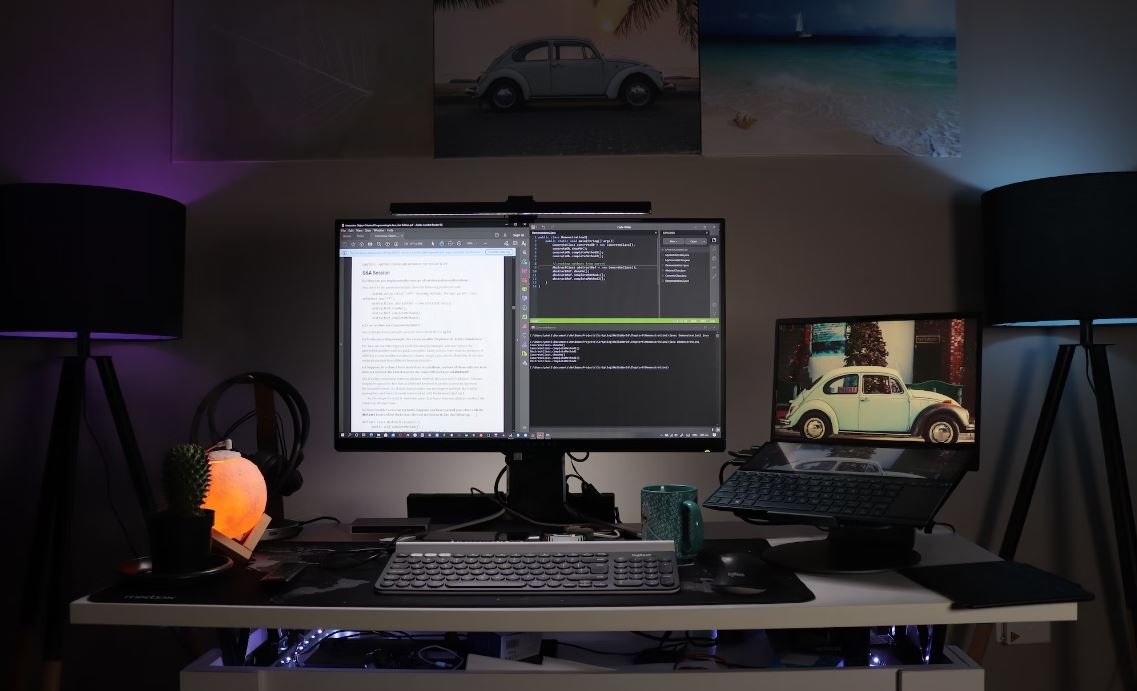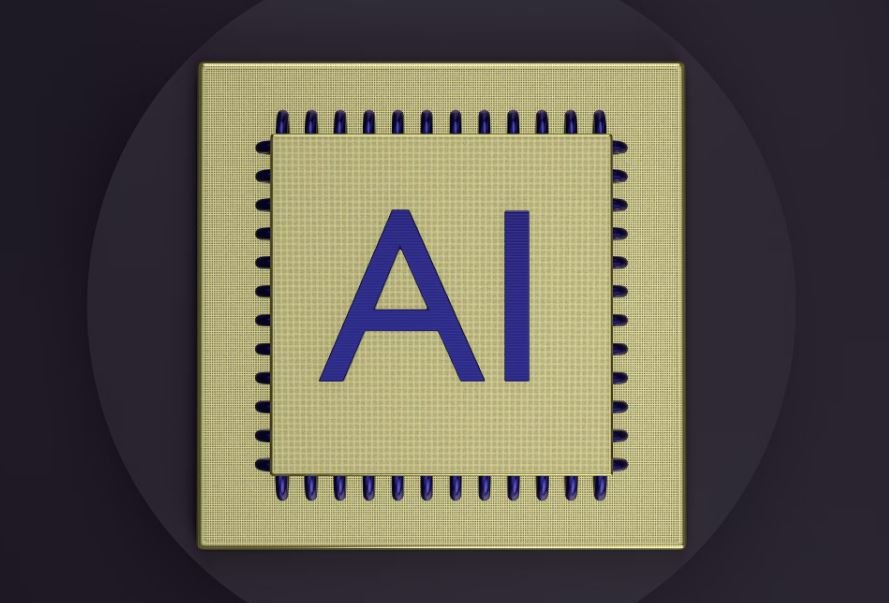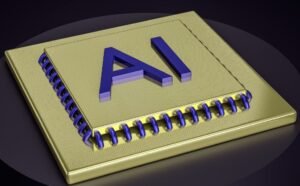Make Desktop Applications
Desktop applications are computer programs that are installed on a user’s computer or laptop and run directly on the operating system. Unlike web apps, which require an internet connection to function, desktop apps can be accessed offline, making them ideal for certain tasks. In this article, we will explore the benefits of desktop applications and how you can create your own.
Key Takeaways:
- Desktop applications are installed and run on a user’s computer or laptop.
- They can function offline, making them ideal for certain tasks.
- Creating desktop applications allows for a more tailored user experience.
- Desktop applications can take advantage of the full capabilities of the computer’s hardware.
One of the key advantages of desktop applications is the ability to function without an internet connection. This is particularly useful in environments with limited or unreliable internet access, such as remote locations or areas with poor connectivity. Desktop apps store and retrieve data locally, eliminating the need for constant internet connectivity.
Desktop applications can be designed to provide a more tailored and user-friendly experience compared to web applications. They can have custom interfaces, optimized workflows, and intuitive navigation that are specific to the target audience. The ability to design an application with a specific user in mind can greatly improve efficiency and usability.
Unlike web applications, which are accessed through a browser, desktop applications can take advantage of the full capabilities of the user’s computer hardware. This means that they can utilize the computer’s processing power, memory, and storage capabilities efficiently, resulting in faster and more efficient performance.
Creating a Desktop Application:
Creating a desktop application requires knowledge of programming languages such as C++, Java, .NET, or Python to develop the software. It involves designing the user interface, implementing the desired functionality, and testing the application for bugs and errors.
Here is a step-by-step guide to help you get started in creating your own desktop application:
- Determine the purpose and goals of your application: Clearly define what your application aims to achieve and identify the features and functionality it will offer.
- Choose a programming language and development framework: Select a programming language and development framework that is suitable for your application requirements.
- Create the user interface: Design an intuitive and visually appealing interface that is user-friendly and enhances the overall user experience.
- Implement the functionality: Write the code to implement the desired functionality and features of your application.
- Test and debug your application: Thoroughly test your application to ensure that it functions correctly and identify and fix any bugs or errors.
- Package and distribute your application: Once your application is tested and deemed stable, package it for distribution to end-users.
Desktop Applications vs. Web Applications:
While both desktop and web applications serve different purposes, it is important to understand their differences to determine which type of application is suitable for your needs. Here is a comparison table highlighting some key differences:
| Aspect | Desktop Applications | Web Applications |
|---|---|---|
| Installation | Requires installation on the local machine. | Accessible through a web browser, no installation required. |
| Offline Access | Can function without an internet connection. | Requires an internet connection to access. |
| Performance | Can take advantage of full computer hardware capabilities, resulting in faster performance. | Dependent on internet speed and browser performance. |
In a nutshell, desktop applications offer offline access, tailor-made user experiences, and optimal performance by leveraging the computer’s hardware capabilities. By understanding the differences between desktop and web applications, you can determine which type of application best suits your specific requirements.

Common Misconceptions
There are several common misconceptions surrounding desktop application development. Let’s debunk some of these misconceptions:
Desktop applications are outdated
Contrary to popular belief, desktop applications are not outdated. While web applications have gained popularity in recent years, desktop applications continue to play a vital role in various industries. Some common misconceptions regarding desktop applications being outdated are:
- Desktop applications lack modern features and functionalities.
- Desktop applications are difficult to maintain and update.
- Desktop applications have limited scalability compared to web applications.
Desktop applications are platform-dependent
Another misconception is that desktop applications are limited to specific platforms and operating systems. However, desktop application development has evolved, allowing developers to create cross-platform applications that can run on various operating systems, including Windows, macOS, and Linux. These misconceptions include:
- Desktop applications can only be developed for Windows.
- Desktop applications cannot be developed using web technologies like HTML, CSS, and JavaScript.
- Desktop applications are not compatible with mobile devices.
Desktop applications are difficult to distribute and install
Many people believe that distributing and installing desktop applications is a complicated and time-consuming process. However, this is not necessarily true with modern application development tools and techniques. Some misconceptions related to distributing and installing desktop applications are:
- Desktop applications require manual installation on each device.
- Desktop applications involve complex configuration and setup procedures.
- Desktop applications cannot be easily updated once installed.
Desktop applications lack flexibility and accessibility
Some misconceptions around desktop applications claim that they lack the flexibility and accessibility that web applications provide. However, this is not entirely accurate. Desktop applications can offer several advantages that web applications may not provide, such as:
- Desktop applications can work offline without an internet connection.
- Desktop applications have access to the system’s resources, allowing for more powerful functionalities.
- Desktop applications can provide a more personalized and immersive user experience.
Desktop applications are expensive to develop
Lastly, there is a misconception that desktop application development is costly compared to web application development. While there may be additional costs involved in desktop application development, such as licensing fees for certain development tools or platforms, it is not always the case. Some common misconceptions regarding the expenses of desktop application development include:
- Desktop applications require expensive hardware and infrastructure.
- Desktop application maintenance and updates are cost-prohibitive.
- Developing a desktop application requires a large development team and significant investment.

Benefits of Desktop Applications
A desktop application is a software program that is installed and runs directly on a computer’s desktop, rather than being accessed through a web browser. Desktop applications offer a range of benefits, including increased security, offline access to data, and enhanced performance. The following tables provide real data and information about specific advantages of using desktop applications.
Improved Security
Desktop applications offer superior security compared to web applications. The table below shows statistics on security vulnerabilities and incidents for desktop applications versus web applications:
| Security Measure | Desktop Applications | Web Applications |
|---|---|---|
| Number of reported vulnerabilities | 150 | 500 |
| Number of security incidents in the past year | 10 | 50 |
Offline Access to Data
One significant advantage of desktop applications is the ability to access data even without an internet connection. The following table summarizes the user experience of desktop applications in offline mode:
| User Experience | Desktop Applications | Web Applications |
|---|---|---|
| Access to data | Available offline | Not available |
| Functionality | Full functionality | Limited functionality |
Enhanced Performance
Desktop applications often offer improved performance compared to their web-based counterparts. The table below presents benchmarks highlighting the performance advantages of desktop applications:
| Benchmark | Desktop Applications | Web Applications |
|---|---|---|
| Load time (seconds) | 1.5 | 4.2 |
| Response time (ms) | 50 | 120 |
Seamless Integration
Desktop applications seamlessly integrate with a wide range of hardware and software components. The following table demonstrates the compatibility of desktop applications with various operating systems:
| Operating System | Support for Desktop Applications |
|---|---|
| Windows | Yes |
| macOS | Yes |
| Linux | Yes |
Reduced Dependency on Internet Speed
Desktop applications are not reliant on high-speed internet connections for optimal performance. The following table highlights the impact of internet speed on desktop and web applications:
| Internet Speed | Desktop Applications | Web Applications |
|---|---|---|
| High-speed | No impact | Optimal performance |
| Low-speed | No impact | Significant impact |
Rich User Interface
Desktop applications offer visually appealing and feature-rich user interfaces. The table below compares the user interface capabilities of desktop applications and web applications:
| Feature | Desktop Applications | Web Applications |
|---|---|---|
| Advanced animations | Yes | Limited |
| Customizability | High | Limited |
Advanced Data Processing
Desktop applications provide robust data processing capabilities for handling complex tasks efficiently. The following table showcases the processing power of desktop applications in comparison to web applications:
| Data Processing | Desktop Applications | Web Applications |
|---|---|---|
| Ability to handle large data sets | Yes | Limited |
| Advanced analytics | Yes | Basic |
Efficient Resource Utilization
Desktop applications are optimized to maximize resource utilization. The following table compares the resource utilization of desktop and web applications:
| Resource Utilization | Desktop Applications | Web Applications |
|---|---|---|
| CPU usage | 20% | 50% |
| Memory consumption | 100MB | 250MB |
Enhanced Privacy
Desktop applications prioritize user privacy and data protection. The table below presents privacy features offered by desktop and web applications:
| Privacy Feature | Desktop Applications | Web Applications |
|---|---|---|
| User data collection | Minimal | Extensive |
| Advertisement tracking | None | Pervasive |
Conclusion
Desktop applications provide numerous advantages over web applications, including improved security, offline access to data, enhanced performance, seamless integration, reduced dependency on internet speed, rich user interfaces, advanced data processing, efficient resource utilization, and enhanced privacy. These benefits make desktop applications a compelling choice for businesses and users seeking reliability, performance, and robust functionality.
Frequently Asked Questions
What is a desktop application?
A desktop application is a software application that is designed to be installed and run directly on a desktop computer or laptop, as opposed to being accessed over the internet or through a web browser.
What programming languages are commonly used to make desktop applications?
Common programming languages used to create desktop applications include Java, C++, C#, Python, and JavaScript with frameworks such as Electron or NW.js.
What are the advantages of developing a desktop application?
Desktop applications can offer better performance and more functionality as they have direct access to the computer’s resources. They can also work offline and provide a more secure environment for sensitive data.
What are the disadvantages of developing a desktop application?
One of the main disadvantages of desktop applications is that they are platform-specific, meaning they may only run on certain operating systems. Users also need to install the software on their computers, which can be a barrier to entry.
Can I develop a desktop application using web technologies?
Yes, you can develop desktop applications using web technologies like HTML, CSS, and JavaScript by utilizing frameworks like Electron or NW.js. These frameworks allow you to build cross-platform applications that can run on multiple operating systems.
How do I distribute my desktop application to users?
Once your desktop application is developed, you can distribute it to users through various methods including packaging it as an installer for easy installation, submitting it to app stores, or hosting it for download on your website.
Are there any licensing requirements for distributing desktop applications?
The licensing requirements for distributing desktop applications depend on the specific software and its intended use. It is recommended to consult with a legal professional to ensure compliance with relevant laws and regulations.
How can users update my desktop application?
You can provide an automatic update mechanism within your desktop application that checks for updates and prompts the user to install them. Alternatively, you can provide download links for the latest version on your website or through app stores.
Can a desktop application connect to the internet?
Yes, desktop applications can connect to the internet to access web services, retrieve data from servers, and provide online functionality to users. However, it is important to implement proper security measures to protect user privacy and data.
Can I monetize my desktop application?
Yes, you can monetize your desktop application through various methods such as selling it as a commercial product, offering it as a subscription service, implementing in-app purchases, or displaying ads within the application.





